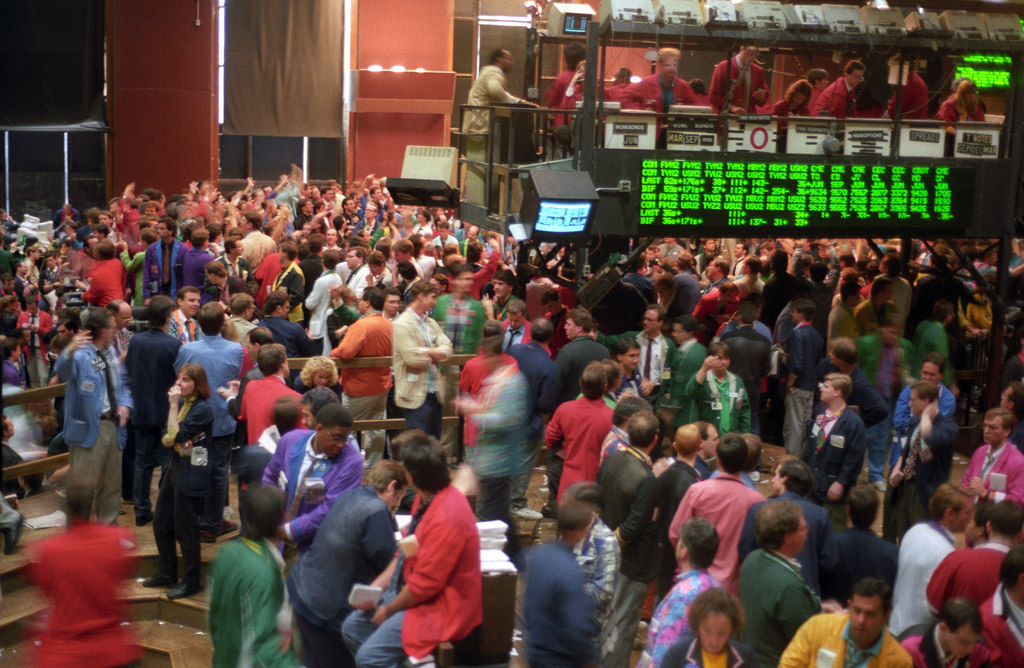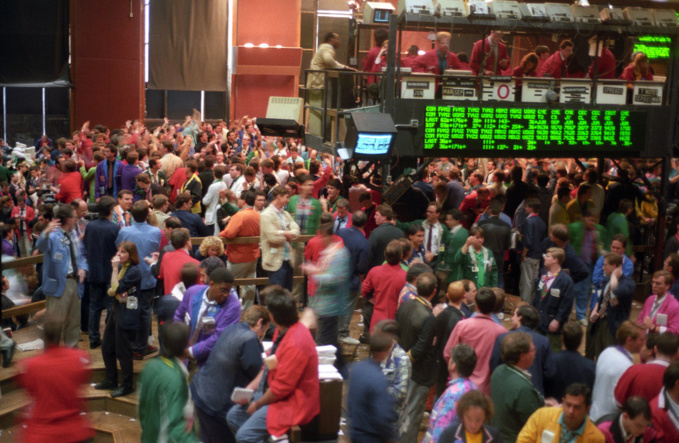The bank hasn’t changed the January forecast of $ 55 per barrel for oil prices in 2017. In 2018, bank experts forecast an increase in prices to $ 60 per barrel against the background of achieving a balance in the market. The trend will stream up thanks to the oil freeze agreement between the OPEC countries and other oil producers, while growth in the production of shale oil will become a restraining factor. However, this balance can still be violated, on the one hand, by a more coherent policy of OPEC and non-cartel countries and supply disruptions in Libya and Nigeria, and on the other – by expansion of production in other countries, in particular, shale oil in the US, and the contradictions between the exporting countries. The bank’s forecast says that natural gas prices will grow by 15% in 2017 on the background of a 20% increase in prices in the US due to strong domestic demand and export growth. Coal prices will rise by 6% due to limitation of production in China, which consumes half of all coal produced in the world (2/3 of energy production in the country falls on coal). In general, the growth of prices for energy resources can reach 26% in 2017 and 8% in 2018.
Prices for other commodity groups will also climb up for the first time in five years. The WB expects growth in this sector at 4%. According to the forecast, the prices for agricultural products in 2017 will remain stable, although the grain may lose 3%, and vegetable oils and food - grow by the same amount. Prices for coffee, cocoa, tea and other drinks may fall by 6% due to excess supply, while prices for agricultural raw materials will add 4%. Cost of fertilizers, according to the forecast, will grow by 1%, metals - by 16%. The reason for this will be strong demand amid depletion of deposits; zinc (32%) and lead (18%) will climb the highest thanks to further growth in demand, trade restrictions of Asian countries, higher environmental requirements and negotiations on improving working conditions of workers. Against this background, the precious metals market will lose 1% of the cost both in 2017 and in 2018.
source: globaltrademag.com
Prices for other commodity groups will also climb up for the first time in five years. The WB expects growth in this sector at 4%. According to the forecast, the prices for agricultural products in 2017 will remain stable, although the grain may lose 3%, and vegetable oils and food - grow by the same amount. Prices for coffee, cocoa, tea and other drinks may fall by 6% due to excess supply, while prices for agricultural raw materials will add 4%. Cost of fertilizers, according to the forecast, will grow by 1%, metals - by 16%. The reason for this will be strong demand amid depletion of deposits; zinc (32%) and lead (18%) will climb the highest thanks to further growth in demand, trade restrictions of Asian countries, higher environmental requirements and negotiations on improving working conditions of workers. Against this background, the precious metals market will lose 1% of the cost both in 2017 and in 2018.
source: globaltrademag.com



















